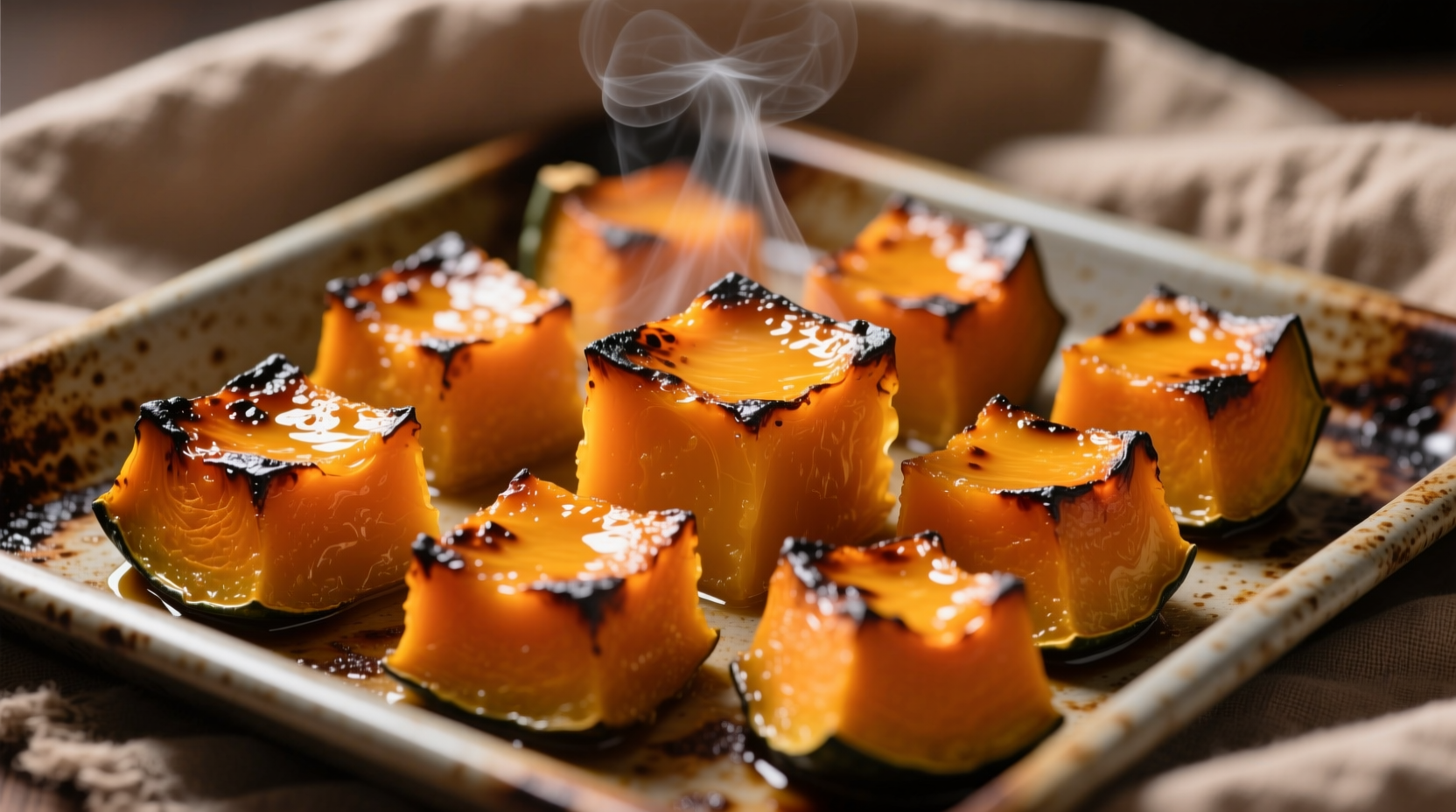Discover professional techniques to transform custard squash into culinary masterpieces with this comprehensive guide. Whether you're a beginner or experienced home cook, you'll learn precise preparation methods, optimal cooking times, and flavor combinations that elevate this versatile winter squash beyond basic recipes.
Selecting the Perfect Custard Squash
Choosing quality squash significantly impacts your cooking results. Look for specimens with firm, unblemished skin and a deep orange color. The squash should feel heavy for its size, indicating dense, moist flesh. Avoid any with soft spots or cracks, which suggest deterioration.
According to the USDA Agricultural Research Service, custard squash (Cucurbita moschata) contains higher beta-carotene levels than many other winter squash varieties, contributing to its rich orange hue and nutritional value.
Essential Preparation Techniques
Proper preparation ensures safety and efficiency when working with custard squash:
- Safe cutting method: Cut off both ends first, then slice vertically through the center. Use a heavy chef's knife and firm pressure against a stable cutting board.
- Peeling alternatives: While some prefer peeling before cooking, roasting with skin on often yields better texture and easier removal afterward.
- Seed utilization: Don't discard seeds! Rinse, dry, and roast at 300°F for 15-20 minutes with olive oil and sea salt for a nutritious snack.
| Preparation Method | Best For | Time Required |
|---|---|---|
| Whole roasting | Preserving shape for stuffed dishes | 60-75 minutes |
| Cubed roasting | Quick side dishes or purees | 35-45 minutes |
| Halved roasting | Simple preparation with minimal cleanup | 45-60 minutes |
| Steaming | Preserving maximum nutrients | 20-25 minutes |
Mastering the Roasting Method
Roasting remains the most popular technique for cooking custard squash due to its ability to concentrate flavors through caramelization. Follow these professional steps:
- Preheat oven to 400°F (200°C) with rack positioned in the center
- Cut squash into 1-inch cubes, removing seeds and stringy parts
- Toss with 1-2 tablespoons olive oil per pound of squash
- Season with 1½ teaspoons salt and freshly ground black pepper
- Spread in single layer on parchment-lined baking sheet
- Roast 35-45 minutes, flipping halfway, until fork-tender and caramelized

The Cornell University Food and Brand Lab confirms that roasting vegetables at temperatures between 375-425°F optimizes both flavor development and nutrient retention, making it superior to boiling for winter squash varieties.
Alternative Cooking Methods
Different cooking techniques yield distinct textures and flavor profiles:
Air Frying for Crisp Texture
Toss cubed squash with oil and seasonings, then air fry at 375°F for 15-20 minutes, shaking basket halfway through. This method creates a delightfully crisp exterior while maintaining creamy interior texture, perfect for quick weeknight sides.
Steaming for Maximum Nutrition
Place cubed squash in steamer basket over 1 inch of boiling water. Cover and steam for 20-25 minutes until tender. This waterless cooking method preserves more water-soluble vitamins than boiling, according to research published in the Journal of Food Science.
Slow Roasting for Intense Flavor
For deeper flavor development, roast halved squash at 325°F for 60-75 minutes. The extended cooking time at lower temperature allows enzymes to break down complex carbohydrates into simpler sugars, creating a naturally sweeter result ideal for desserts.
Flavor Pairings and Recipe Variations
Custard squash's sweet, nutty flavor pairs beautifully with complementary ingredients:
- Savory combinations: Sage, thyme, garlic, caramelized onions, goat cheese, and toasted pecans
- Sweet applications: Cinnamon, nutmeg, maple syrup, ginger, and vanilla for desserts
- International twists: Curry powder for Indian-inspired dishes, smoked paprika for Spanish flavors, or miso paste for umami-rich Asian variations
Professional chefs often use the "sweet-savory balance" principle when developing custard squash recipes. A pinch of flaky sea salt enhances natural sweetness, while acidic elements like lemon juice or apple cider vinegar cut through richness.
Storage and Reheating Guidelines
Proper storage extends the life of cooked custard squash:
- Refrigeration: Store in airtight container for up to 5 days
- Freezing: Puree with minimal liquid and freeze in portion-sized containers for up to 12 months
- Reheating: Gently warm in oven at 300°F with splash of liquid to prevent drying
The National Center for Home Food Preservation recommends adding a small amount of acid (like lemon juice) to frozen squash purees to maintain color and texture during storage.
Troubleshooting Common Issues
Address these frequent custard squash cooking challenges:
- Soggy texture: Excess moisture often results from overcrowding the baking sheet. Ensure single-layer spacing with space between pieces.
- Bitter taste: Can occur if seeds and stringy pulp aren't thoroughly removed before cooking.
- Uneven cooking: Cut pieces to uniform size (about 1-inch cubes) for consistent results.
- Difficulty cutting: Microwave whole squash for 2-3 minutes to soften skin slightly before attempting to cut.











 浙公网安备
33010002000092号
浙公网安备
33010002000092号 浙B2-20120091-4
浙B2-20120091-4